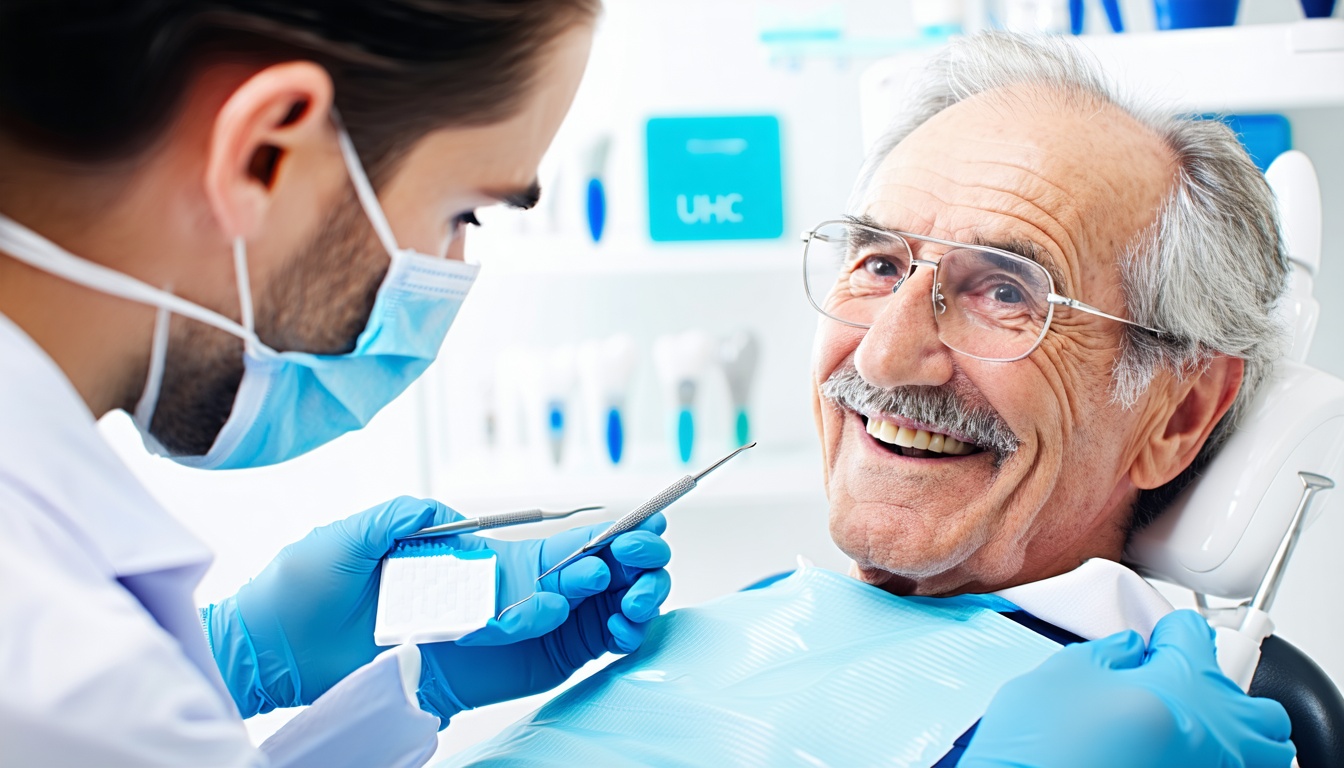If you’re exploring a UHC insurance approved sinus lift procedure, you’re in the right place. A sinus lift, also called maxillary sinus augmentation, helps build bone under your cheek area so that dental implants have solid support. With retirees and caregivers prioritizing both quality and affordability, knowing what UnitedHealthcare covers can put your mind at ease. In this article, you’ll get a friendly, step-by-step look at how the procedure works, what UHC typically covers, and tips to keep your out-of-pocket costs low.
Sinus lift overview
A sinus lift raises the floor of your maxillary sinus to create enough bone height for dental implants. Over time, tooth loss or gum disease can shrink jawbone volume and let your sinus cavity expand into the space where teeth used to be. A sinus augmentation restores that lost bone, giving your implant a sturdy home.
Key points:
- It’s a bone grafting procedure, not a tooth extraction.
- You may hear it called a lateral window (direct) or osteotome (indirect) technique.
- After the lift, you typically wait 4–6 months for the graft to fuse before placing an implant.
This surgery first appeared in 1976 and has since become routine for implant candidates with insufficient upper jawbone. Studies report acute sinusitis in 10–20% of patients after the lift, and chronic sinus issues in about 4–8%. An experienced oral surgeon can help minimize these risks.
Eligibility and coverage
Before you schedule a sinus lift, confirm your UnitedHealthcare plan details. Coverage varies by plan type and network status.
What to check on your UHC policy:
- Preauthorization requirements.
- In-network oral surgeons or periodontists.
- Annual maximums and deductibles.
- Percentage covered for bone grafts and related procedures.
You’ll likely file your claim under restorative dental services. If you need more clarity, UHC’s provider directory can point you to an in-network specialist. You can also explore restorative dental work with UHC coverage to learn about other services seniors commonly get under UHC.
Preparing for surgery
Let’s walk through this step by step.
- Initial consultation
- Your dentist or oral surgeon reviews your X-rays or CT scans to measure bone height.
- They discuss whether you need a direct (lateral window) or indirect (osteotome) approach.
- Preauthorization
- Your surgeon’s office submits documentation to UnitedHealthcare.
- Approval may take 2–4 weeks, so start well before your ideal surgery date.
- Medical clearance
- UHC may require a note from your primary care doctor if you have certain health conditions.
- If you use blood thinners or have sinus issues, you’ll need clearance or adjustments before surgery.
Before the big day, plan for a ride home, a soft-food diet, and a few days off strenuous activity.
During the procedure
A sinus lift typically takes 1–2 hours. Here’s what you can expect:
- You’ll get local anesthesia, sometimes combined with light sedation.
- The surgeon makes a small opening in your gum and bone wall near your molars.
- They gently lift the sinus membrane (Schneiderian membrane) to create a pocket.
- Bone graft material fills the pocket, and sutures close the incision.
In an indirect (osteotome) lift, the surgeon uses a special tool through your implant site to push the sinus floor up. This technique works when you need only a few millimeters of lift.
Recovery and aftercare
After surgery, follow these simple guidelines to support healing:
- Keep your head elevated and apply ice packs intermittently during the first 24 hours.
- Avoid blowing your nose or sneezing forcefully for at least two weeks.
- Eat soft foods like yogurt, mashed potatoes, and smoothies.
- Take any prescribed antibiotics or pain relievers as directed.
- Brush gently around the surgical site and rinse with saltwater 2–3 times daily.
Most swelling peaks around day 3 and fades by day 7. You’ll have a follow-up visit 1–2 weeks after surgery to check your progress. Then you wait for the graft to integrate, usually 4–6 months, before placing your final implant.
Navigating potential risks
Worried about complications? You’re not alone. Even though sinus lifts are safe, a few issues can pop up:
- Sinus membrane perforation
- Postoperative sinusitis (acute in 10–20%, chronic in 4–8%)
- Infection at the graft site
- Graft material displacement into the sinus
Choosing a board-certified oral surgeon and following your aftercare instructions closely can cut your risk. If you notice persistent sinus pain, fever, or excessive bleeding, call your surgeon right away.
Managing costs and coverage
Cost factors for a sinus lift include graft materials, surgeon fees, facility charges, and anesthesia. Here’s a rough breakdown:
| Item | UHC coverage | Estimated total cost | Your share (after deductible) |
|---|---|---|---|
| Sinus lift surgery | 50–70% | $1,500–$5,000 | 30–50% |
| Bone graft material | 60–80% | $500–$1,200 | 20–40% |
| Sedation or anesthesia | 70–90% | $200–$600 | 10–30% |
| Imaging (CT scan/X-ray) | 80–100% | $150–$400 | 0–20% |
To lower your out-of-pocket:
- Schedule surgery early in the benefit year to reset deductibles.
- Ask about generic graft materials if your policy allows.
- Verify in-network rates with your surgeon’s billing team.
- Combine your sinus lift visit with another procedure, like a UHC covered single tooth implant, to streamline claims.
Key takeaways
- A sinus lift rebuilds bone in your upper jaw so dental implants fit securely.
- UnitedHealthcare may cover 50–80% of grafting and surgery costs with preauthorization.
- Choose an in-network oral surgeon and confirm your plan’s benefits early.
- Follow aftercare steps closely to minimize risks like sinusitis or membrane tears.
- Plan for 4–6 months of healing before placing your implant.
Ready to learn more about your restorative options? Check out our restorative dental work with UHC coverage guide or leave a comment below if you have questions.










